Monet, Light and Creativity
I was literally immersed in the light of Claude Monet’s creativity when I visited the Musée de l’Orangerie in the Tuileries Garden during a recent trip to Paris. The museum devotes two large oval-shaped rooms to Monet’s study of nymphéas. The water lilies are a series of eight tranquil paintings that evoke light in the passing hours between sunrise and sunset. Each painting is 6-and-a-half feet tall, and if the eight paintings were put side-by-side, they would measure nearly 300 feet in width.

If placed side-by-side, Monet’s “Water Lilies” would measure nearly 300 feed in width. Note the weeping willows; he painted them to pay homage to French soldiers who perished during World War I.
Monet (1840-1926) was an artist obsessed with light. The water lilies elicit light and shadows of the passing hours from sunrise in the east to sunset in the west. He began painting the Nymphéas in 1914 and continued the work until his death in 1926. At the end of World War I, Monet donated the paintings to France. And they remain today — stationary — in the two rooms designed to house them as a “haven of peace” in the middle of bustling Paris.
The artistic study of the changing effects of light was communicated through painting the same landscape at various hours of the day. Monet did not explain his fascination with light; rather he used his art as sensation to comfort French citizens in the wake of the devastation and carnage of war as they moved on with their lives. He wrote:
Nerves strained by work would relax in its presence, following the restful example of its stagnant waters, and for he who would live in it, this room would offer a refuge for peaceful meditation in the midst of a flowering aquarium.
Though many early visitors to the “haven of peace” did not realize it, Claude Monet’s fascination with light had sparked a revolution in painting. Monet was not a “well-trained” artist, having eschewed traditional art education early in his life. Like so many creative people, Monet struggled to find support and cameraderie in traditional educational settings. He refused to attend France’s prestigious École des Beaux Arts. Instead, Monet exchanged ideas with other artists, such as Renoir and Manet, and studied the attributes of light first hand from nature itself.

Chevreul’s 1855 color wheel facilitated the study of complementary colors and illusions produced by proximity
You might call Monet a hands-on learner. He went directly to the natural environment and his paintings illustrate an ever changing self-definition of a representational painter. Knowledge and application of light evolved from representation to sensation. Monet was influenced by the science of light, eagerly embracing the innovative light wheel (“chromatic diagram”) published by the French chemist, Michel Eugène Chevreul, in 1855.
Monet looked at light in a variety of ways during his long life. He was fascinated initially by how light breaks up on things, moving along to how light breaks up between things to how light breaks up by itself. There are no more things, just sensations as illustrated through variations of light through color.
Scholar Patricia Stokes sees the work of Monet as “selection and maintenance of high variability through use of constraints.” She defines constraints as limitations, but in two-sided pairs. In other words, constraints can lead to predictable responses or promote unexpected ones. Variability is a measure of how “differently something is done from predictable to unexpected.”
And that’s where the creativity modeled by Monet comes into play in our education and individual experiences from childhood through our increasingly long adulthoods. We learn how to do something, and sometimes we learn how to do it well. But all too often we stop at learning and doing something well, neglecting how competence and fidelity can become creativity and mobility.
Excitement, fulfillment and fun can occur when we approach our lives as a conglomeration of learning experiences that do not end after formal education or professional mastery. We will never know the full potential of our creativity until we move beyond unquestioning mastery to reconfiguration and experimentation imagined on the foundation of our already existing knowledge.

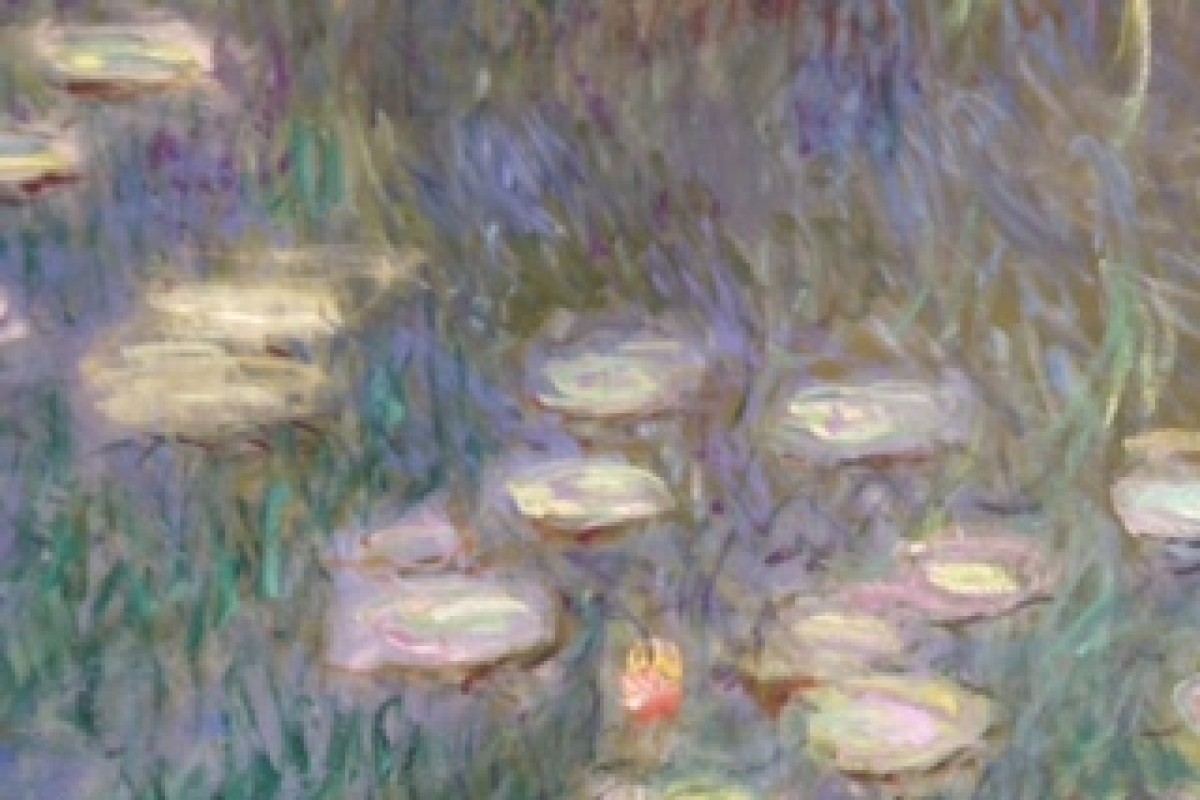

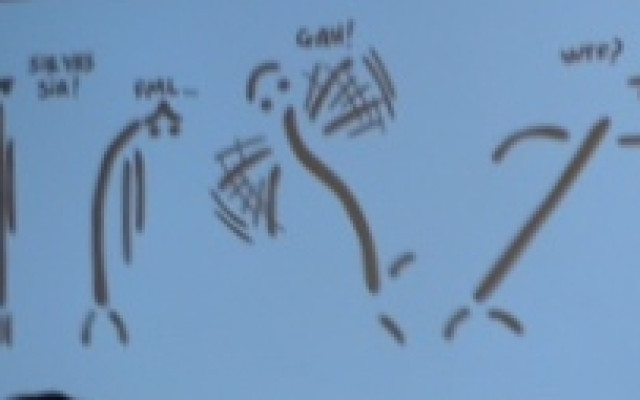
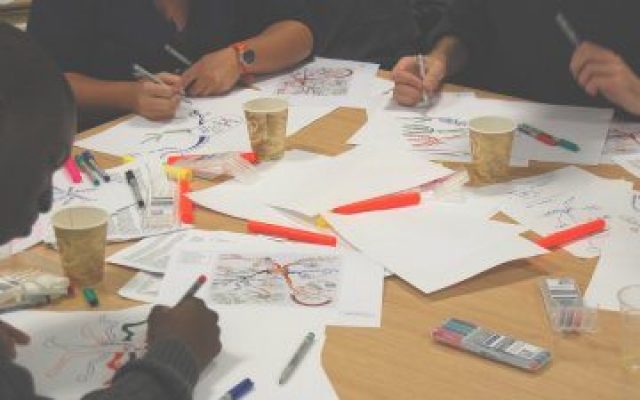


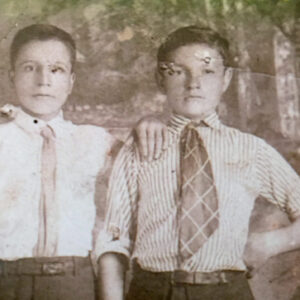



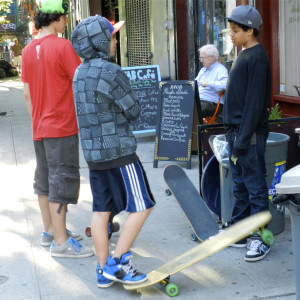
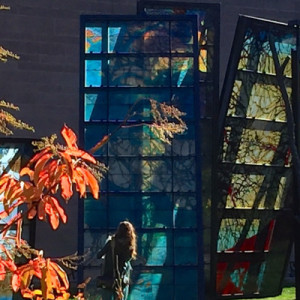
No Comments Yet!
You can be first to comment this post!